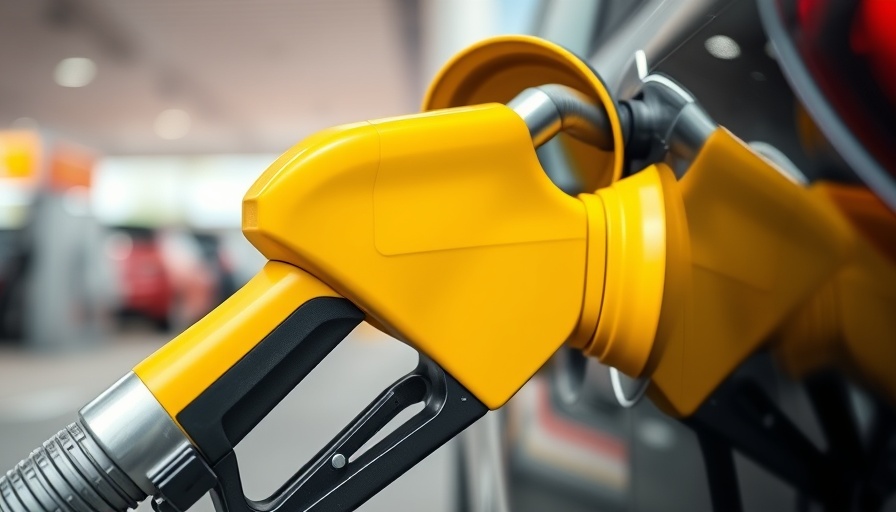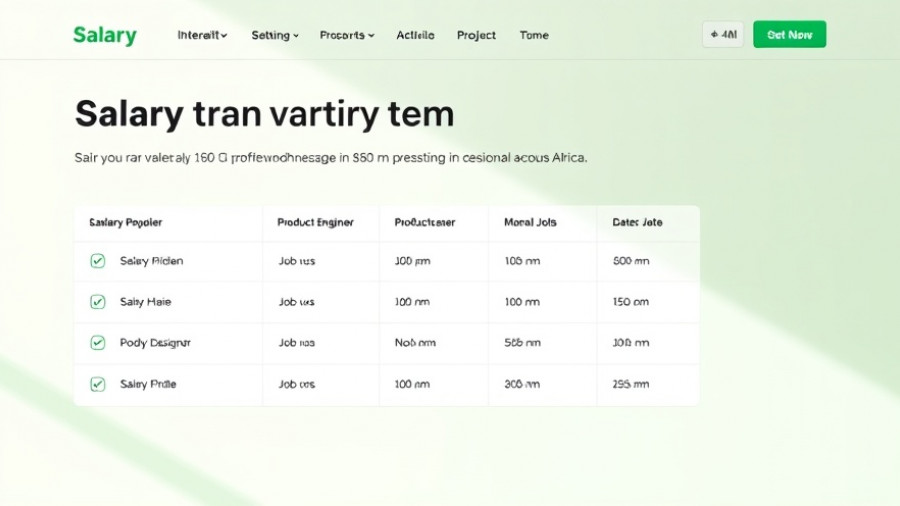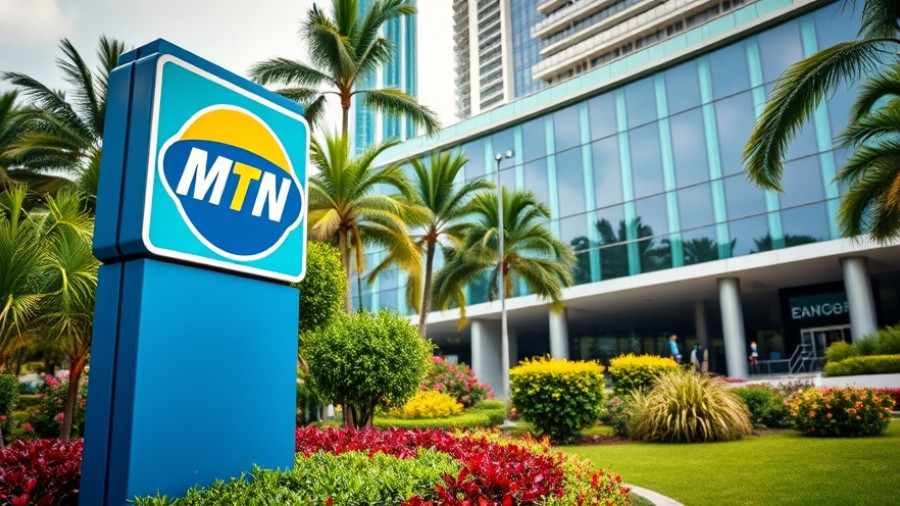
As Petrol Prices Fall, E-Commerce in South Africa is Ready for Growth
The recent dip in petrol prices in South Africa, with Brent crude oil hitting approximately $64 a barrel and the rand strengthening to R17.20 against the US dollar, could mark an important turning point for the country’s burgeoning e-commerce sector. If global oil markets stabilize and the recent trend continues, we might see a significant price cut in fuel within the next month. Economists believe that this could positively impact online retailers and delivery services.
The Cost of Delivery: Fuel Prices as Operational Expenses
Fuel costs constitute one of the largest operating expenses for e-commerce platforms, accounting for as much as 53% of total delivery costs. Therefore, a drop of around 40 to 50 cents per litre may seem trivial; however, for a mid-sized e-commerce company conducting one million deliveries monthly, this could translate to substantial savings of roughly R500,000 (nearly $29,000) each month. Such savings pave the way for reinvestment in various aspects of the business, such as technology upgrades, enhanced marketing strategies, or even reduced delivery fees, which are crucial for attracting new customers amidst a competitive landscape.
What This Means for South African Consumers
Dr. Mike Kwet, a technology researcher, articulates the direct correlation between lowering petrol prices and enhancing e-commerce performance. Cheaper transportation can either lead to reduced costs for consumers or be capitalized by retailers. The potential impact on consumer behavior during significant shopping seasons, such as Black Friday, cannot be overlooked. With the anticipated growth of the e-commerce sector projected to surpass R130 billion ($7.5 billion) in 2025, and social commerce identifying an estimated worth of R25 billion ($1.45 billion), this evolving narrative is one that buzzes with anticipation.
Dynamics of E-Commerce Growth
As observed, the e-commerce market in South Africa is expanding phenomenally; its growth rate considerably outpaces that of traditional retail markets. With 10.4 million South Africans engaging in online shopping, analysts emphasize the role of social media as a driving force influencing purchasing behavior. Platforms such as Instagram, TikTok, and WhatsApp are shaping the future of consumer transactions, reminding us that the interaction between technology, social dynamics, and purchasing decisions is pivotal.
Logistics Reimagined: The Potential for Delivery Startups
For delivery and logistics startups, the link between reduced fuel prices and operational cost management is crucial. These companies can now afford to provide more affordable delivery options or expand their reach into areas that were once economically unfeasible due to high transport costs. Innovations in logistics technology could lead to exciting advancements in micro-fulfillment hubs or electric vehicle delivery trials, enabling platforms like Parcelninja and WumDrop to thrive. Lower operational costs could mean greater dynamic pricing strategies, thus offering flexibility in consumer-centric pricing.
The Bigger Picture: Economic Implications Beyond E-commerce
While the prospects for e-commerce growth are encouraging, it’s vital to highlight the dual challenges faced by many South Africans. Despite the positive economic signals, rising consumer inflation continues to weigh heavily on households, leading many to wonder how much of this fuel price relief will genuinely benefit consumers in the longer term. Phelisa Nkomo points out that unless fuel price drops are accompanied by other supportive economic measures, price reductions on essential goods might not materialize, complicating the narrative of economic recovery for many.
Conclusion: Embracing Change in South Africa’s E-Commerce Landscape
As the fuel landscape evolves, South African online retailers and consumers alike stand at a precipice of change. For tech entrepreneurs and venture capitalists, this moment presents an opportunity to invest in digital platforms and logistics innovations that enhance delivery infrastructures that are crucial for a thriving economy. Entrepreneurs, now is the time to adapt and prepare for the new normal in e-commerce, driven by shifting fuel prices and emerging consumer behaviors.
 Add Row
Add Row  Add
Add 


Write A Comment